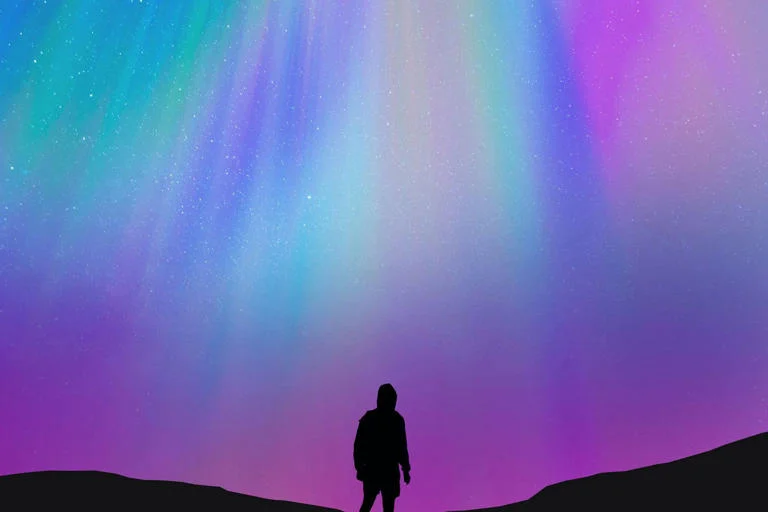
Aurora Alert: Northern Lights May Dance Across US Skies Tonight!
Get ready for a celestial spectacle! The Northern Lights, also known as the Aurora Borealis, might be visible in several northern U.S. states tonight. While the strongest geomagnetic storm activity has subsided, conditions remain favorable for a captivating light show, according to the National Oceanic and Atmospheric Administration (NOAA).
Why is this happening? Recent geomagnetic storms, triggered by solar activity, have disturbed Earth's magnetic field, pushing the aurora further south than usual. This means more people have a chance to witness this breathtaking phenomenon.

Where's the best chance to see them? According to Forbes, those in Canada and Alaska will have the highest chance, but parts of northeastern Washington, northern Idaho, Montana, North Dakota, northern Minnesota, northern Wisconsin, and Upper Michigan also have a shot (see the map from NOAA displayed below in the full article). Minnesota is becoming quietly famous for Aurora-viewing haven from fellow travelers over the years.
Key Factors influencing Aurora Visibility:
- Kp Index: Forecasters predict a Kp index of 3 tonight (on a scale of 0-9), suggesting good visibility farther from the poles. Earlier forecasts anticipated a Kp index near 4 for early Tuesday. This number relates to geomagnetic activity, a higher number means further visibility from the poles
- Time: The best viewing time is typically between 10 p.m. and 2 a.m. local time.
- Location: Find a north-facing vantage point away from light pollution.
- For Minnesota: Consider Minnesota Lake, Gunflint Trail, Hallock, Minneopa State Park, or Voyageurs National Park. Each offers unique viewing experiences with minimal light pollution.

Pro Tip! One observer was quoted saying, "When I saw them ripple across the sky, I nearly forgot how cold my fingers were. It was just after midnight in northern Minnesota, and the Aurora Borealis was dancing: green, purple and faint streaks of pink twirling overhead like celestial brushstrokes."
How to capture the magic: If you want to photograph the Northern Lights
- Use a wide-angle lens, aperture of F-stop of four or less
- If using a smart phone: NOAA recommends turning on night mode, disabling flash, and enabling slower shutter speed if possible
Looking ahead: Scientists predict that the Northern Lights will remain more visible to Americans through early 2026, following a peak in solar activity in October 2024. The previous peak led to aurora displays as far south as Texas and Florida in May 2024. These solar cycles happen on an 11-year cycle.
Will you be venturing out to witness this stunning display? What are your favorite locations for stargazing? Share your thoughts and experiences in the comments below!